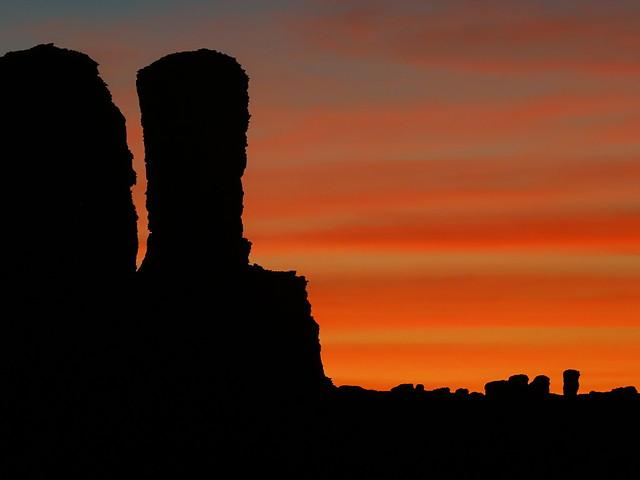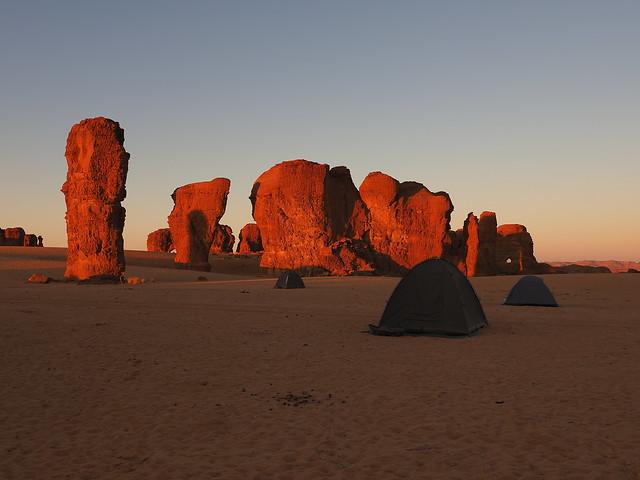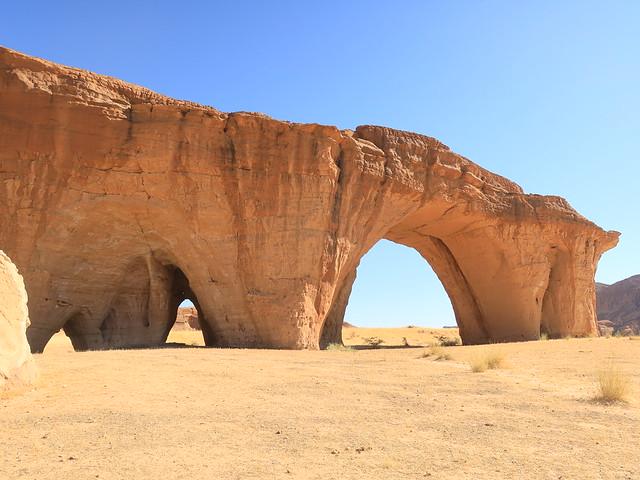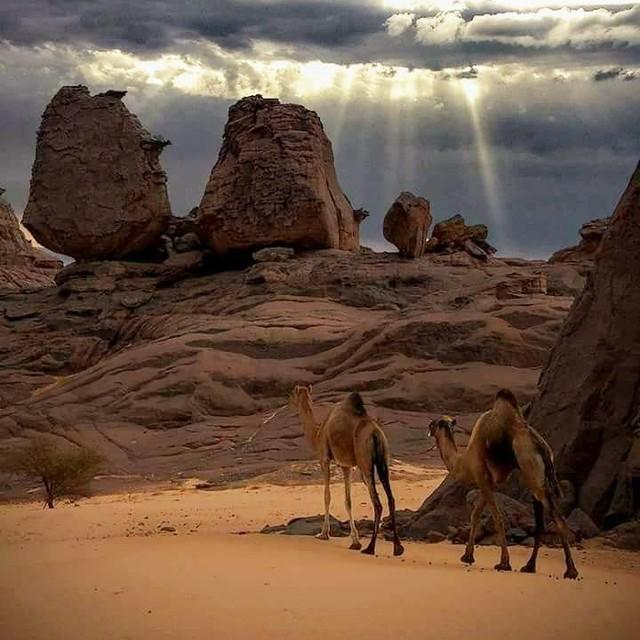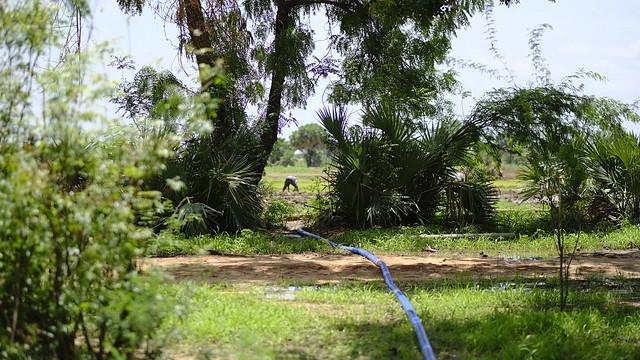Ennedi-Est
Overview
Ennedi-Est, located in the northeast of Chad, is a region that offers a glimpse into a truly unique and rugged landscape, characterized by its stunning rock formations, deep canyons, and vast desert expanses. This area is rich in both natural beauty and cultural heritage, home to various ethnic groups including the Tubu, who are known for their traditional nomadic lifestyle. Ennedi-Est is famous for its ancient rock paintings and arches, such as the Aloba Arch, which stand as a testament to the area's historical significance and geological marvel. The isolation and untouched nature of Ennedi create a sense of adventure and exploration for those who visit.
The best time to visit Ennedi-Est is during the cooler months from November to February, when the harsh desert climate becomes more tolerable. This period is considered the high tourism season, offering more comfortable conditions for exploring the outdoor wonders of the region. Visitors can engage in activities such as hiking through the Guelta d’Archei, a famous waterhole where camels gather, exploring the rock formations and ancient petroglyphs, or stargazing under the clear desert skies. The cooler weather during these months provides an ideal opportunity for long treks and deep exploration of the natural and archaeological sites.
Before traveling to Ennedi-Est, it's important for visitors, especially teenagers, to be well-prepared. Given its remote location, access to basic necessities and medical facilities can be limited. Travelers should ensure they have all necessary vaccinations and a comprehensive travel insurance. It's advisable to pack essentials such as a first aid kit, enough water and food supplies, sun protection, and appropriate clothing for both the heat of the day and cooler nights. Additionally, due to the rugged terrain, having sturdy footwear and possibly a local guide is recommended to navigate the area safely. Understanding and respecting the local customs and regulations is also crucial for a harmonious visit to this unique and culturally rich region.
How It Becomes to This
History not available

You May Like
Explore other interesting states in Chad



